 Omega-3 fatty acids are from the family of unsaturated fatty acids.Omega-3 fatty acids include ALA[a-linolenic acid],EPA[eicosapentaenoic acid] and DHA,[docosahexaenoic acid]all of which are polyunsaturated.New versions of ethyl esterized omega-3 fatty acids, such as E-EPA and E-DHA has drawn much attention. These are highly purified and more effective.These are sold in US, as prescription medications, by the name Lovaza.
Omega-3 fatty acids are from the family of unsaturated fatty acids.Omega-3 fatty acids include ALA[a-linolenic acid],EPA[eicosapentaenoic acid] and DHA,[docosahexaenoic acid]all of which are polyunsaturated.New versions of ethyl esterized omega-3 fatty acids, such as E-EPA and E-DHA has drawn much attention. These are highly purified and more effective.These are sold in US, as prescription medications, by the name Lovaza. The health benefits of long chain omega-3 fatty acids-EPA and DHA are well known.The Greenland Inuit people consumed large amounts of fat from seafood, but displayed virtually no cardiovascular disease. The high level of omega-3 fatty acids consumed by the Inuit reduced triglycerides, heart rate, blood pressure, and atherosclerosis.
All know that obesity is a reason for people to become diabetic.Obesity and Diabetes are co-related.Cytokines are responsible for inflammation and rising insulin resistance.These cytokines are found in macrophages found abundantly in the fat of obese people.A receptor on pro-inflammatory macrophages was identified to oppose this inflammation and insulin resistance.This receptor is identified as GPR120.Scientists have found that omega-3 fatty acids activate this receptor, thus resulting in broad anti-inflammatory effects and improved systemic insulin sensitivity.
The other Health benefits of fatty acids.
1]If supplements containing EPA and DHA are taken by people with varicose veins, will benefit them by the stimulation to blood circulation, break down of the clot formation compound fibrin and additionally have reduced blood pressure.
2]Regular intake of these fatty acids may reduce the risk of secondary and primary heart attack.
3]Some research has suggested that fish oil intake may reduce the risk of ischemic and thrombotic stroke.
4]A 2007 study has found that omega-3 fatty acids supplements benefitted cancer patients,by improving their appetite, weight and quality of life.A
EPA supplement helped cancer patients retain muscle mass.
5]A study has concluded that administration of purified EPA improves the thickness of carotid arteries along with improved blood flow in people with unhealthy blood sugar levels.
6]Another study has found that when patients were given about 4grams a day of both EPA and DHA,their unhealthy triglyceride levels went down by 45% and VLDL cholesterol by 50%.
7]Essential fatty acids supplementation was found to improve developmental health in children and suggests permanent central nervous system regeneration.
Risks of fatty acids:
However, it’s not clear how much fish oil constitutes a safe, effective dose. If too high, it could up the risk of to increased risk of bleeding and stroke in some people.
Omega-3 Fatty Food.
1]Oily Fish 2]Walnuts 3]Linseed Oil.
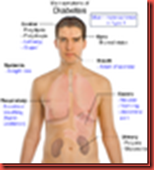

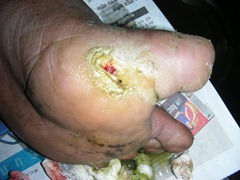




 b]You have trouble reading signs or books.
b]You have trouble reading signs or books.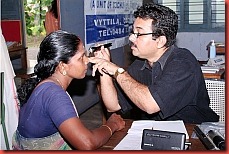
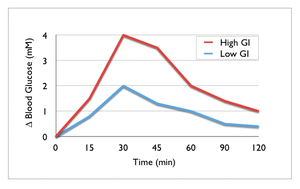 pre-meal level is slower. It takes about 3-4 hours. Therefore snacks in between meals or frequent meals at short intervals tend to cause progressive increase of blood glucose in people with diabetes.
pre-meal level is slower. It takes about 3-4 hours. Therefore snacks in between meals or frequent meals at short intervals tend to cause progressive increase of blood glucose in people with diabetes.

 elp prevent or delay kidney complications in diabetes. They also reduce stroke and cardiac risk, correct LDL-HDL ratio, reduce abdominal fat by increasing levels of adiponectin. A further bonus is a reduced risk of poor memory-related problems. When combined with theaflavins, again from green tea, these effects are more marked.
elp prevent or delay kidney complications in diabetes. They also reduce stroke and cardiac risk, correct LDL-HDL ratio, reduce abdominal fat by increasing levels of adiponectin. A further bonus is a reduced risk of poor memory-related problems. When combined with theaflavins, again from green tea, these effects are more marked. remove waste products from the blood. 10-21% of all people with diabetes have nephropathy. Approximately 43% of new cases of ESRD[end stage renal disease] are attributed to diabetes.
remove waste products from the blood. 10-21% of all people with diabetes have nephropathy. Approximately 43% of new cases of ESRD[end stage renal disease] are attributed to diabetes.  ics, blood sugar control,and
ics, blood sugar control,and 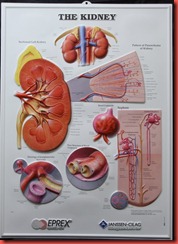


 accept a stressful situation as a challenge and not a threat. In fact a mild degree of stress will be impetus to a higher level of performance, but at the same time one should be also careful and alert to the sign and symptoms of it.
accept a stressful situation as a challenge and not a threat. In fact a mild degree of stress will be impetus to a higher level of performance, but at the same time one should be also careful and alert to the sign and symptoms of it.  same time take control of their condition.
same time take control of their condition. 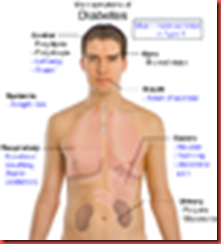





 the food you eat. Eating food high in sugar and starch complicates the condition.
the food you eat. Eating food high in sugar and starch complicates the condition. 